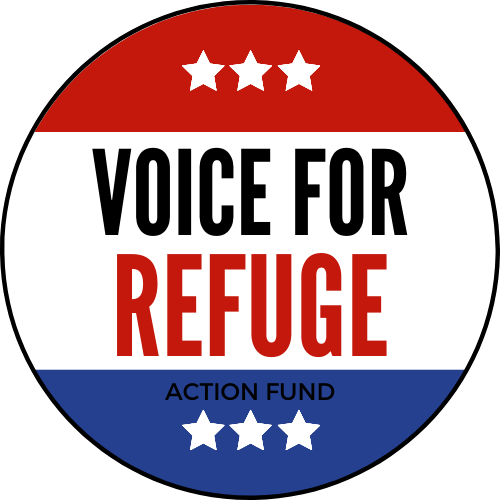Voting is your right as a U.S. citizen, and making your voice heard is critical to our democracy. By exercising your right to vote, you empower yourself, support your community, and ensure that your voice is heard by those seeking to represent you.
This year’s elections will take place on Tuesday, November 8th, 2022. Mark your calendars! Many states changed their voting instructions during the COVID-19 pandemic and have since kept these provisions. Consider voting early or by mail if your state allows. Find the most up-to-date information and state specific links at www.vote.org, the National Conference of State Legislatures, and this ACLU Resource.

Click to learn how to apply for a green card, apply for citizenship and make sure you are registered to vote!
It is very important to vote this year, so make sure you and your community members are registered to vote and have a plan of when and how to vote. The safest way to vote right now is to vote by mail (also called absentee voting). Many states have kept their vote-by-mail options established during the Covid-19 pandemic, and some are even automatically mailing all registered voters an absentee ballot during the pandemic. For other states, you still need to request an absentee ballot.
If you are voting in-person, it is best to vote early to avoid crowds, so check out if and when your state offers early voting options. If you can only vote on Election Day, try to vote at a time of day when your precinct is less likely to be crowded, perhaps in the early morning or mid-afternoon, to avoid the after-work rush. Some polling places will offer curb-side voting, where you can vote from your car. Call your county election administrator ahead of time to see if they offer curbside voting.
Three Ways to Vote
1. Vote by Mail: Many states allow voters to vote by mail, using an “absentee ballot” before election day. Since it’s often difficult for people, especially the elderly, those who work long hours or multiple jobs, and those who do not have access to transportation, to make it to the polls, voting early by mail is one of the most helpful tools to make sure people vote. You can request vote-by-mail ballots from your state’s board of elections or at www.vote.org/absentee-ballot. Make sure to request one well before the election – states have different deadlines, so request yours TODAY!
2. Vote Early: Many states offer early voting at a polling location before election day. This can help you avoid lines and crowds. Informing others about early voting options is also an effective way to increase voter turnout. See your state’s early voting options at www.vote.org/early-voting-calendar.
3. Vote on Election Day: Your last chance to vote is at your polling place on Election Day. Find your precinct and polling place at www.vote.org/polling-place-locator or check on your voter card. Each state has different requirements, so check your state’s laws to make sure to bring what you need (example: some require a government-issued ID) and arrive at your polling place during the designated hours.
If you need transportation to get to your polling place, schedule a carpool with family and friends, or see if ride-share services, such as Lyft, are offering special discounts for the election.
IMPORTANT: You must be registered to vote in order to use any of these options! Check to make sure you’re registered at www.vote.org.
Support your community: Help increase voter registration and turnout and educate candidates about refugees!
Increase Voter Registration
- Talk to your family, friends and neighbors about why voting matters to you, and make sure they are registered to vote and know how, where and when to vote.
- Share information about state’s voter registration deadlines, early voting policies, and vote by mail requirements.
- Utilize social media and messaging apps to get the word out about the election, why it is important to vote, and voting resources. Start a social media challenge tagging 5 friends and family encouraging them to vote and challenge others to do the same!
- Integrate voter education and registration into existing virtual events like citizenship classes, or create voting-specific events by asking a speaker to educate people about how to register to vote, create and/or share a video with information for first-time voters, and/or use zoom or join.me platforms to show naturalized citizens how to fill out voter registration forms in accordance with your state’s laws.
- Join with friends to text and phone-bank to remind and help people register.
Increase Voter Turnout
- Educate community members through social media, webinar trainings, videos and announcements during events about how to vote by mail in your state.
- Use text messaging and phone banking to remind people to vote early or by mail when possible, by sharing voter registration deadlines and interactive maps on how to vote.
- Remind everyone that November 8th is election day! Share information on local polling locations and hours.
- Spread the word about the election in local newspapers, newsletters, bulletin inserts, email lists and other announcements, including materials on how to vote translated into a variety of languages.
- Work with refugee and immigrant-led congregations and community associations to coordinate get out the vote efforts for New Americans.
- Organize carpools or other kinds of transportation for community members who may need help getting to their polling place.
- Volunteer as a poll worker with your county election administrator, join a local coalition to protect voters’ rights, and/or report any voter intimidation or suppression by calling 1-866-OUR-VOTE.
Educate Candidates about Refugees
- Ask officials and candidates questions about their support for refugees during virtual candidate forums and town halls. Here are some ideas:
- Do you agree to meet with refugee community members to listen to our needs?
- Do you support passing welcoming city/state/national resolutions to show that our city/state/nation welcomes refugees and immigrants with open arms?
- Post questions and issues that you care about on candidates’ Facebook timelines or on Twitter by finding their Twitter handle and using the @ [their handle] function.
Who can you vote for? Federal elections include voting for President every four years, one representative every two years, and two senators every six years. State and local elections vary by location and are for the governor, state legislators, mayor, county executives, district attorneys, and city council members. Typically, elections are held in early November, although local elections, primaries, special elections and ballot measures – when voters approve or reject certain laws – can take place anytime. You can request or view your sample ballot from your county election administrator or from non-profit organizations like vote411.org before you vote so you can research the candidates. “Primary elections” take place a few weeks before most elections, during which voters can choose which candidates are nominated by a particular political party to compete in the “general election”. In some states, you have to be registered with a particular party in order to vote in primary elections.
Who should you vote for? No one should tell you how to vote – you can decide that for yourself and you don’t have to tell anyone who you are voting for or why. To help you make your decision, you can find a voting guide, sample ballots, and learn more about candidates’ positions on issues you care about at voteeasy.votesmart.org.

